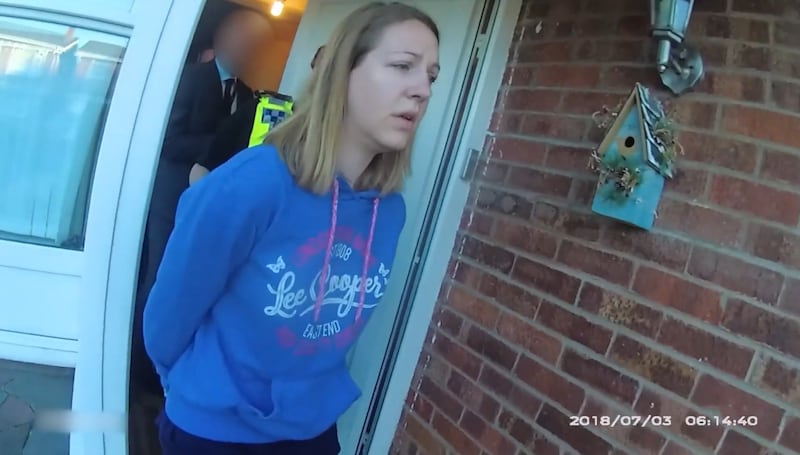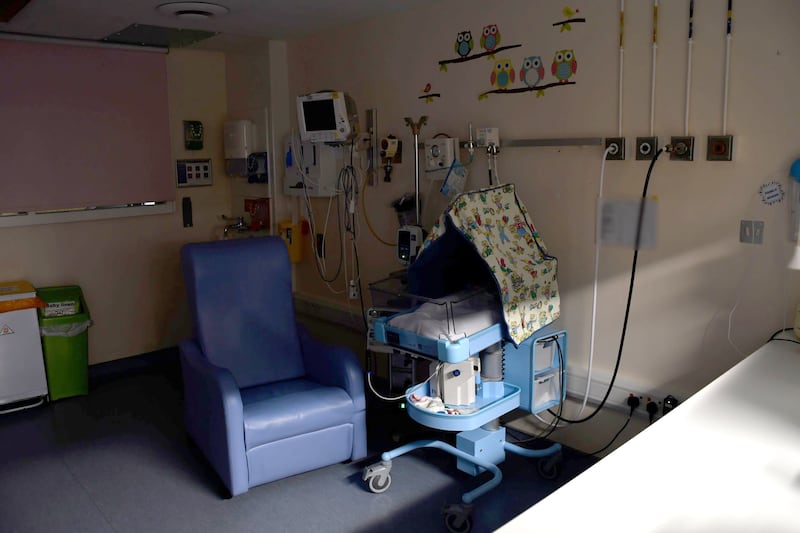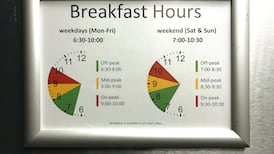Few issues are as emotive as the murder of children. The case of British nurse Lucy Letby, convicted for the murders of seven infants and eight attempted murders in 2023, drew predictable public fury throughout the trial. Her continued insistence on her innocence and refusal to show up at her sentencing hearing even saw her condemned as a coward by then prime minister Rishi Sunak. But in the storm of outrage over the case, a chorus of experts uneasy with the evidence presented has grown increasingly audible.
In May, a long feature in the New Yorker cast doubt on the soundness of Letby’s conviction, but was blocked in the UK due to stringent contempt of court rules. UK reporting restrictions were lifted after she was found guilty earlier this month of trying to murder a further baby girl, known as Child K, a charge on which the original jury had failed to reach a verdict.
Since then, both the Guardian and the Telegraph have highlighted shortcomings in the case and expert concerns about the evidence used to convict Letby. The Royal Statistical Society (RSS) also issued a statement announcing that following concerns raised by members, they would be convening a meeting to discuss the use of evidence in courts (this writer is an RSS fellow but had no part in this decision).

Historical lessons play some role in this caution. In the late 1990s Sally and Steve Clark endured a terrible personal tragedy, losing two of their infant sons to sudden infant death syndrome. Exacerbating this loss and with scant physical evidence of wrongdoing, Sally was charged with double infanticide. The prosecution’s star witness was eminent paediatrician Prof Sir Roy Meadow who, in damning testimony, calculated the odds of such a tragedy being a coincidence as one in 73 million. Echoed by media outlets as unassailable proof of guilt, Clark endured vicious tabloid vilification. In the cacophony of opprobrium against her, the possibility Clark might be innocent was forgotten – and yet innocent she was.
READ MORE
Clark’s ordeal remains an exemplar of the disconnect between perceptions and reality. Meadow’s testimony showcased a litany of statistical errors, earning rebukes from the RSS and British Medical Journal. Clark was eventually exonerated in 2003, but with tragic prescience her husband noted she would “never be well again”. In 2007 Clark died of alcohol-related cases.
Clark was not the only victim of Meadow’s ineptitude, with several other women whom he testified against ultimately exonerated. Such miscarriages of justice are not solely a British phenomenon; Dutch paediatric nurse Lucia de Berk, convicted of seven patient murders in 2003, was exonerated in 2010. Italian nurse Daniela Poggiali, accused of 38 patient murders, was exonerated in 2021, while Australian mother Kathleen Folbigg was cleared for the murder of her four infant children in 2023, after 20 years in jail.
In none of these cases was there direct evidence of any crime, and convictions rested on inept statistics and poorly interpreted clinical evidence. The parallels in the Letby case are sufficiently alarming to raise concerns among some experts. One of the most damning exhibits against Letby was a chart of shifts which showed she was the only staff member on duty for all deaths. But the chart did not actually list all neonatal deaths at the unit. Instead, it listed only deaths where Letby had been on duty, omitting those for which she was not on duty. Such framing is intrinsically dubious, encouraging an insidious error – the “Texas sharpshooter fallacy.”
This reasoning flaw occurs when apparent similarities in data are overemphasised and telling differences ignored. It derives its moniker from a metaphor about a boastful Texan who, after riddling a barn with bullet holes, draws a circle around a cluster of the closest to falsely declare himself a sharpshooter. The problem is arguably even more disingenuous in this case: statistical evidence is widely misunderstood, and following the Clark debacle and cases like it, UK courts introduced guidelines on the use of statistics and probability in court to avoid juries being bamboozled. While crucial to help juries interpret evidence, the prosecution in Letby’s case circumvented these standards by presenting the chart as a mere exhibit, despite a dangerous lack of context likely to induce a false perception of guilt.

Even as the trial was ongoing, it captured the attention of figures like Richard Gill, emeritus professor of mathematics at Leiden University, who played a central role in the exonerations of both De Berk and Poggiali and became convinced that Letby’s prosecution was misguided. Blogging his misgivings on the case earned him warnings for contempt of court.
The medical evidence, too, has provoked expert concern. The prosecution alleged that Letby killed children through a mixture of methods, including injecting air via nasogastric tubes into their stomachs. This claim however was described by eight independent clinical experts consulted by the Guardian recently as “rubbish”, “ridiculous” and “fantastical”.
In other cases, an expert for the prosecution argued that air had been directly injected into the veins, causing skin discolouration. The surviving author of the paper cited for this, however, testified to Letby’s appeal hearing that his findings had been misinterpreted. The judges ruled that this corrective testimony was inadmissible, arguing the defence should have addressed it in the initial trial. In two other cases where the children survived, the prosecution argued that Letby had secretly spiked their insulin. But the forensic result offered by the prosecution as proof of this was challenged by several forensic scientists as misleading.
None of this proves either Letby’s innocence or guilt, but raises enough concerns that the conviction cannot safely be regarded as having met the threshold of beyond reasonable doubt.
It is entirely possible the British police caught a unique, cunning serial killer. But the apprehension of experts reflects another possibility: that British justice may have once again wrongly prosecuted an innocent person for phantom crimes that never were.
David Robert Grimes is a scientist and author of The Irrational Ape: Why we fall for disinformation, conspiracy theory, and propaganda (Simon & Schuster). Grimes is a recipient of the Nature/Sense about Science Maddox Prize and a fellow of the Committee for Skeptical Inquiry.
- Listen to our Inside Politics Podcast for the latest analysis and chat
- Sign up for push alerts and have the best news, analysis and comment delivered directly to your phone
- Find The Irish Times on WhatsApp and stay up to date











